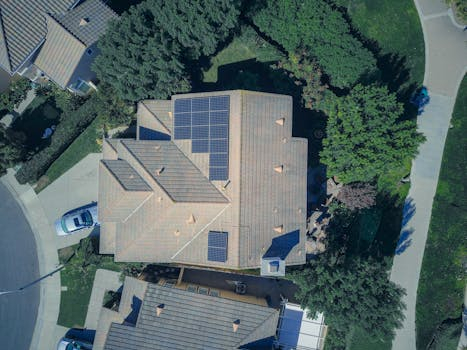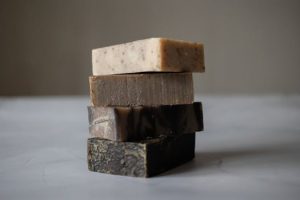Air Purification Technology for Healthier Home Environments
In today’s society, there is a growing concern for indoor air quality and its impact on our health. With the majority of our time spent indoors, our homes have become our safe havens. However, what many people are not aware of is that the air we breathe in our homes can be more polluted than the air outside. This is where air purification technology comes into play. In this article, we will dive into the world of air purification technology and how it can lead to healthier home environments.
Understanding Air Purification Technology
Air purification technology is a process of removing pollutants from the air to improve indoor air quality. These pollutants can range from dust, pollen, pet dander, smoke, and other harmful particles. With air pollution being a major concern, especially in urban areas, having clean air inside our homes has become crucial for our health and well-being.
There are different types of air purification technologies available in the market, each with its own unique way of purifying the air. However, the most effective and popular ones are HEPA (High-Efficiency Particulate Air) filters, UV (Ultraviolet) light purifiers, and ionizers.
HEPA Filters
HEPA filters work by trapping particles in a fine mesh, effectively removing 99.97% of particles as small as 0.3 microns. These filters are especially beneficial for people with allergies or respiratory issues as they can effectively capture allergens and other harmful airborne particles. However, they do not eliminate odors or chemical gases.
UV Light Purifiers
UV light purifiers use short-wavelength ultraviolet light to kill bacteria and viruses present in the air. These purifiers are particularly useful in preventing the spread of illness, making them a popular choice for hospitals and medical facilities. However, they do not remove particles or odors from the air.
Ionizers
Ionizers work by emitting negative ions that attach to airborne particles, causing them to be too heavy to remain in the air. These particles then fall to the ground or get captured by the air filter. Ionizers are effective in reducing airborne particles, but they do not remove odors or other gases.
The Benefits of Air Purification Technology
Apart from improving indoor air quality, air purification technology provides numerous benefits that contribute to a healthier home environment. Let’s take a look at some of the significant advantages of having an air purifier in your home.
Reduces Allergies and Asthma Symptoms
As mentioned earlier, air purifiers, especially those with HEPA filters, can effectively remove allergens such as pollen, dust, and pet dander from the air. This can significantly reduce allergy and asthma symptoms, making it easier for people with these conditions to breathe easier in their own homes.
Eliminates Harmful Chemicals
Air purification technology also helps to remove harmful chemicals such as formaldehyde, volatile organic compounds (VOCs), and radon from the air. These chemicals can have adverse effects on our health, and having an air purifier can help to minimize these risks.
Eliminates Unpleasant Odors
Unpleasant odors, such as cooking smells, pet odors, and cigarette smoke, can be easily removed with the help of air purification technology. This can contribute to a more pleasant living environment and can prevent odors from lingering in your home.
Reduces the Spread of Illness
As mentioned earlier, UV light purifiers can kill bacteria and viruses, preventing them from spreading and causing illnesses. This is particularly beneficial during flu and cold season, where germs can easily be transmitted through the air.
Choosing the Right Air Purifier for Your Home
When it comes to choosing an air purifier, there are a few things to consider to ensure that you are getting the right one for your home. Here are some factors to keep in mind:
Room Size
The size of your room plays a significant role in determining the type and size of air purifier that you need. Most air purifiers come with a coverage area, so be sure to check that it can effectively purify the air in the room you intend to use it in.
Type of Air Pollutants
Consider the type of pollutants that you want to eliminate from your home. If you have allergies, a purifier with a HEPA filter would be the best choice. For odors, you may want to look for an air purifier with an activated carbon filter.
Noise Level
Some air purifiers can be quite noisy, so if you plan on using it in your bedroom or living room, it is essential to choose a model with a noise level that is tolerable for you.
Cost and Maintenance
Lastly, be sure to consider the cost and maintenance of the air purifier. Some models may require frequent filter replacements or have additional features that can add to the cost, so be sure to factor those in before making your purchase.
Conclusion
Air purification technology has revolutionized the way we think about our indoor air quality. With its numerous benefits, it has become a vital tool in creating a healthier and more comfortable home environment. With the right type of air purifier, you can effectively remove pollutants, allergens, and other harmful particles from the air, ensuring that you and your family breathe in clean and fresh air every day.










